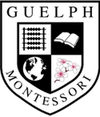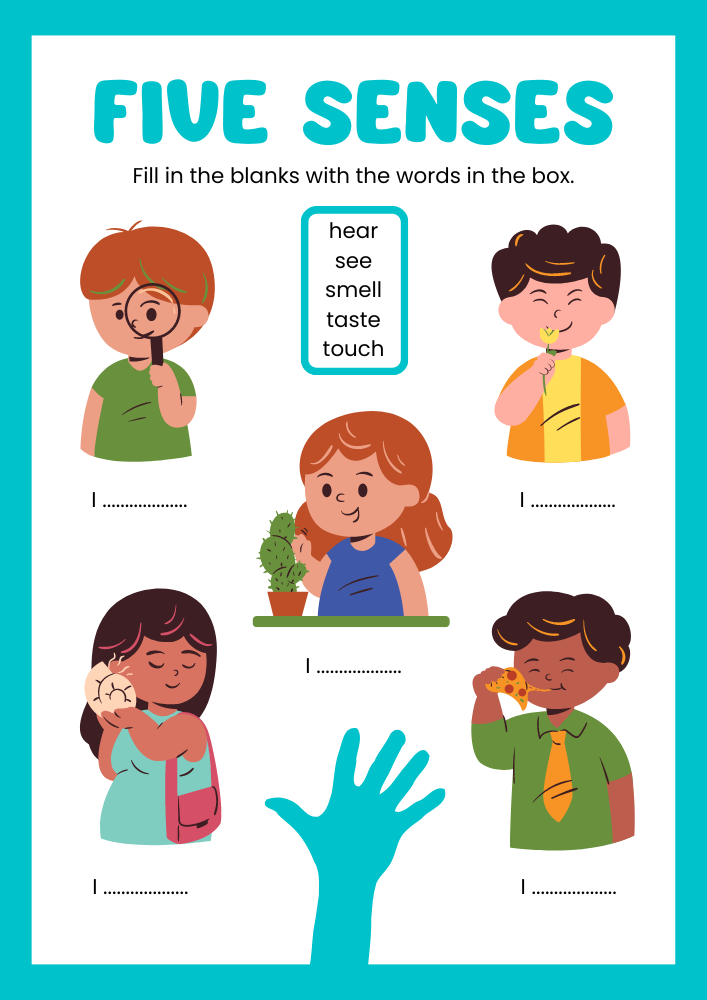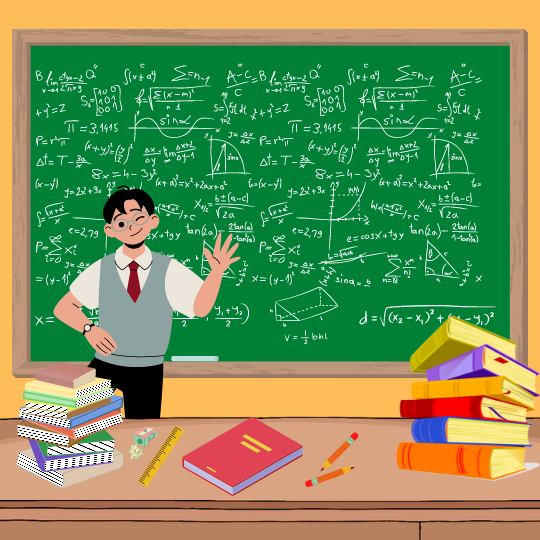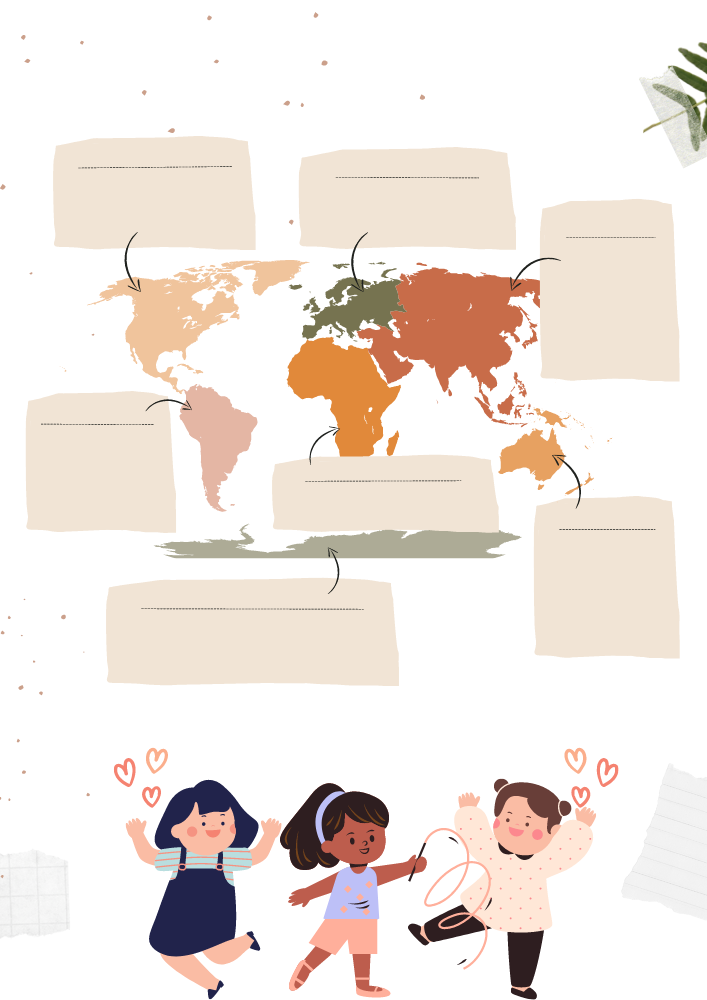- 8:00am - 05:30pm Mon - Fri
- +1(519) 836-3810
- 151 Waterloo Avenue, Guelph, ON.
Primary
Primary Curriculum Child Care, JK, SK at Guelph Montessori School
In the Montessori primary curriculum, most materials are self-correcting. This quality enables children to work on their own--without constant correction and discouragement from a teacher or another child. The process is self-education, building self-confidence through competence. The Montessori approach, therefore, forms a solid foundation for the child's education and life. The child-centered learning environment allows our Directresses (vs. Teachers) to provide guidance and direction to each child based on their personal level and interest.
The primary curriculum at Guelph Montessori includes concrete materials, like the Large Bead Frame being used in this photo. By working--primarily on their own--with these materials, children can more easily grasp abstract ideas.
The main elements make up the Guelph Montessori School's primary curriculum:
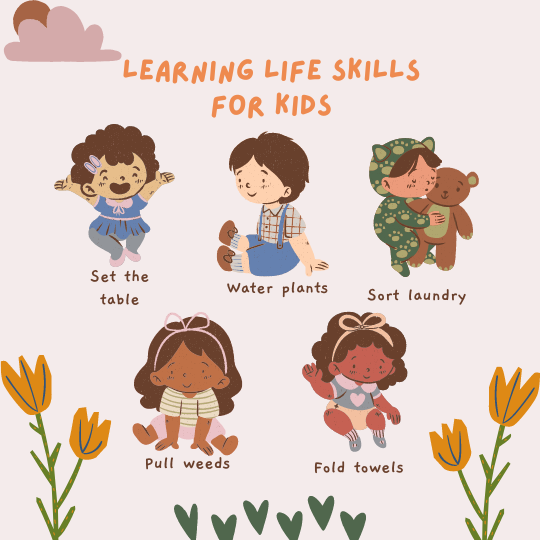
Practical Life
- caring for plants
- cleaning up spills
- polishing shoes
- setting the dinner table
- fastening clothes
- washing hands
- using scissors
- washing linen
These exercises offer the child the means of caring for himself and his environment. As well, they build confidence in the young child and allow his independent nature to flourish. Guelph Montessori teachers encourage the children to form gracious and courteous habits and to be respectful of others and of their environment. These activities provide the base on which the children approach more intricate academic exercises.
